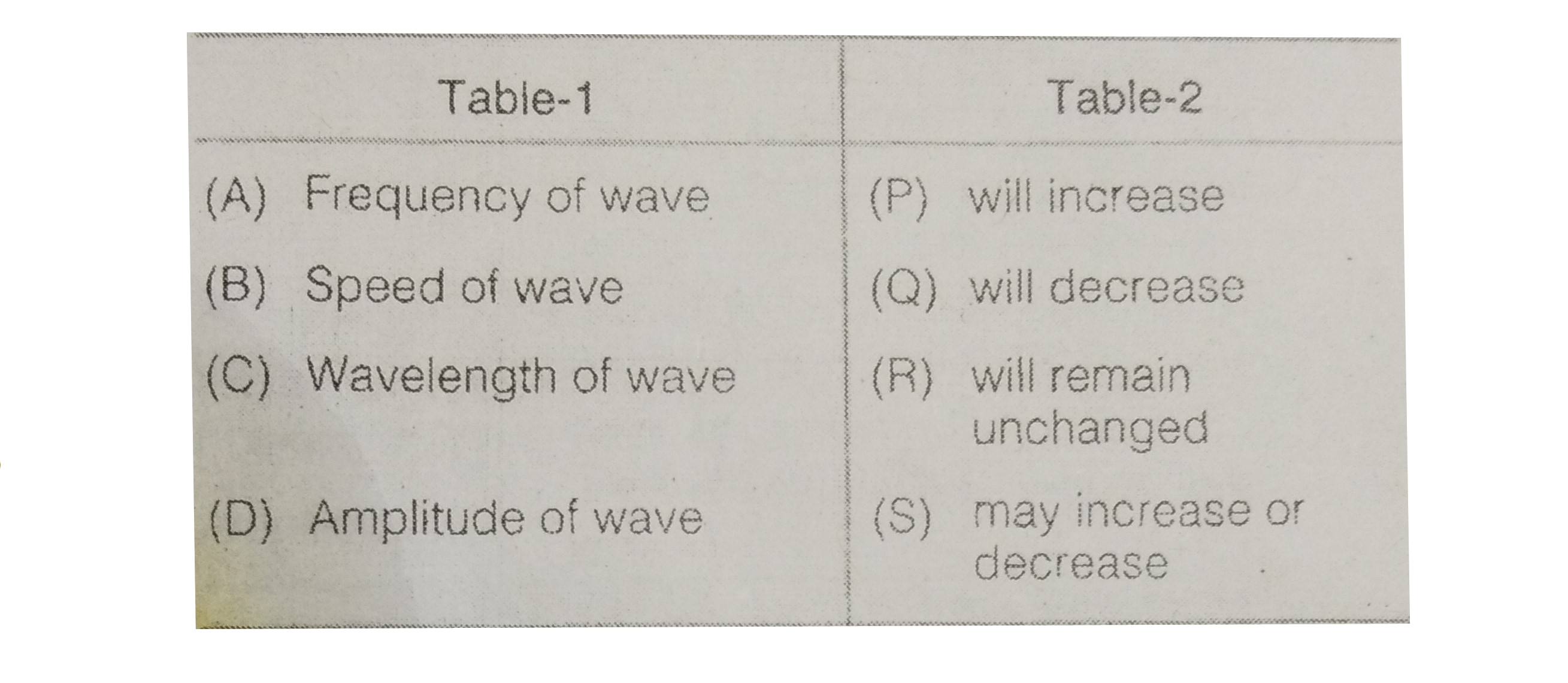A character is transmitted from father to daughter and form there grandson .It is
Holandric inheritacne
Hologenic inheritacne
Crisscross inheritance
Dominant inheritacne
The correct Answer is:C
To solve the question regarding the transmission of a character from father to daughter and then to grandson, we can analyze the options provided:
1. Hollandric Inheritance: This refers to the inheritance of genes located on the Y chromosome. Since the Y chromosome is only present in males, this type of inheritance would only pass traits from father to son, not to daughters or grandsons. Therefore, this option is not correct.
2. Hologenic Inheritance: This term is not commonly used in genetics. It seems to imply a type of inheritance that involves both parents, but it does not specifically describe the pattern of transmission from father to daughter and then to grandson. Thus, this option is also not correct.
3. Crisscross Inheritance: This type of inheritance describes a pattern where a trait is passed from father to daughter and then from daughter to son (grandson). This is a classic example of crisscross inheritance, where the character skips a generation and is transmitted through a female carrier. Hence, this option is a strong candidate for the correct answer.
4. Dominant Inheritance: This refers to the inheritance of traits where a dominant allele from one parent can cause a trait to be expressed in the offspring. While dominant inheritance can occur, it does not specifically describe the pattern of transmission from father to daughter and then to grandson.
Based on the analysis of the options, the correct answer is Crisscross Inheritance.
Topper's Solved these Questions
- BOOK - DINESH PUBLICATION ENGLISHCHAPTER - CHROMOSOMAL BASIS OF INHERITANCEEXERCISE - Check Your Grasp57videos
CHROMOSOMAL BASIS OF INHERITANCE
- BOOK - DINESH PUBLICATION ENGLISHCHAPTER - CHORDATA- PROTOCHORDATAEXERCISE - CYG11videos
CHORDATA- PROTOCHORDATA
- BOOK - DINESH PUBLICATION ENGLISHCHAPTER - COELENTERATA AND CTENOPHORA (OR CNIDARIA AND ACNIDARIA)EXERCISE - CYG10videos
COELENTERATA AND CTENOPHORA (OR CNIDARIA AND ACNIDARIA)
Similar Questions
Knowledge Check
- Question 1 - Select One
Assertion: Autosomal disease is transferred from father to both son and daughter.
Reason: Autosomes are transferred only from father to son.ABoth assertion and reason are true, and reason is the correct explanation of assertion.BBoth assertion and reason are true, but reason is not the correct explanation of assertion.CAssertion is true, but reason is false.DBoth assertion and reason are false.
A wave is transmitted from denser to a rarer medium. Then match the following.
 View Solution
View SolutionTwo daughter cells formed after mitosis are
View SolutionInheritance in which female and male parents transfer an X - linked character to granddaughter or grandson through the offspring of the opposite sex is defined as
View SolutionFour daughter cells formed after meiosis are
View SolutionAssertion : Sexually transmitted diseases get transmitted from the infected to the normal person, only during sexual contact.
Reason : All sexually transmitted diseases can be cured by antibiotics.View SolutionDiseases which are easily transmitted from one person to another are called
View SolutionCharacters that are transmitted from parents to offspring during reproduction show
View Solution

